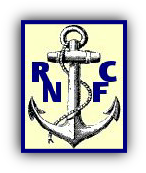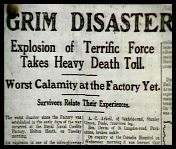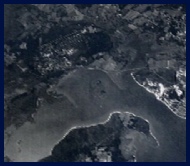

RNCF Between the Wars
including the 1931 Explosion
The period between 1918 and 1939 was difficult for RNCF. After the Armistice it was decided that there was considerable over capacity in production and there were furious battles between the Treasury and the Admiralty about what was a suitable production rate during peacetime. The Treasury was of the view that the current stock piles in 1918 would last for many years, however the Admiralty pointed out that Cordite deteriorates with time and must be replaced on a regular basis. One aspect of the work at Holton Heath was the environmental testing of samples of every batch to decide when it should be recalled.
Throughout this period improvements were made in manufacturing techniques, notably the introduction of a solventless method which avoided the need for acetone.
Undoubt edly a major event in the life of the factory during this period was the explosion
of one of the two glycerine nitrators with the loss of ten lives in 1931. After consideration
this was replaced with equipment which allowed continuous production as opposed to
the old batch production technique. This equipment was bought from, and installed
by, a German company
edly a major event in the life of the factory during this period was the explosion
of one of the two glycerine nitrators with the loss of ten lives in 1931. After consideration
this was replaced with equipment which allowed continuous production as opposed to
the old batch production technique. This equipment was bought from, and installed
by, a German company who took full advantage of access to the factory to make notes.
German Luftwaffe photographs of the factory taken in 1940 showed the various parts
of the plant listed.
who took full advantage of access to the factory to make notes.
German Luftwaffe photographs of the factory taken in 1940 showed the various parts
of the plant listed.
At the same time as the new equipment was being installed steps were being taken to ensure that RNCF could quickly go to maximum production in the event of war. Precautions were also taken to protect the factory.